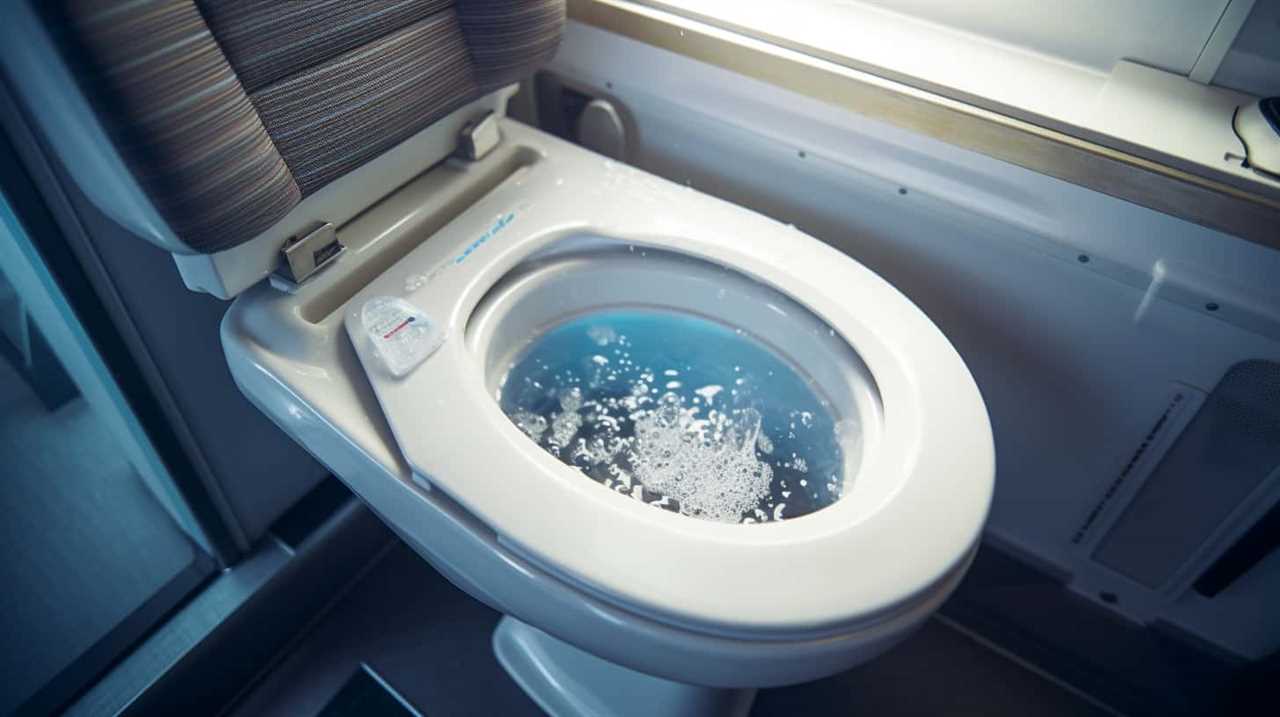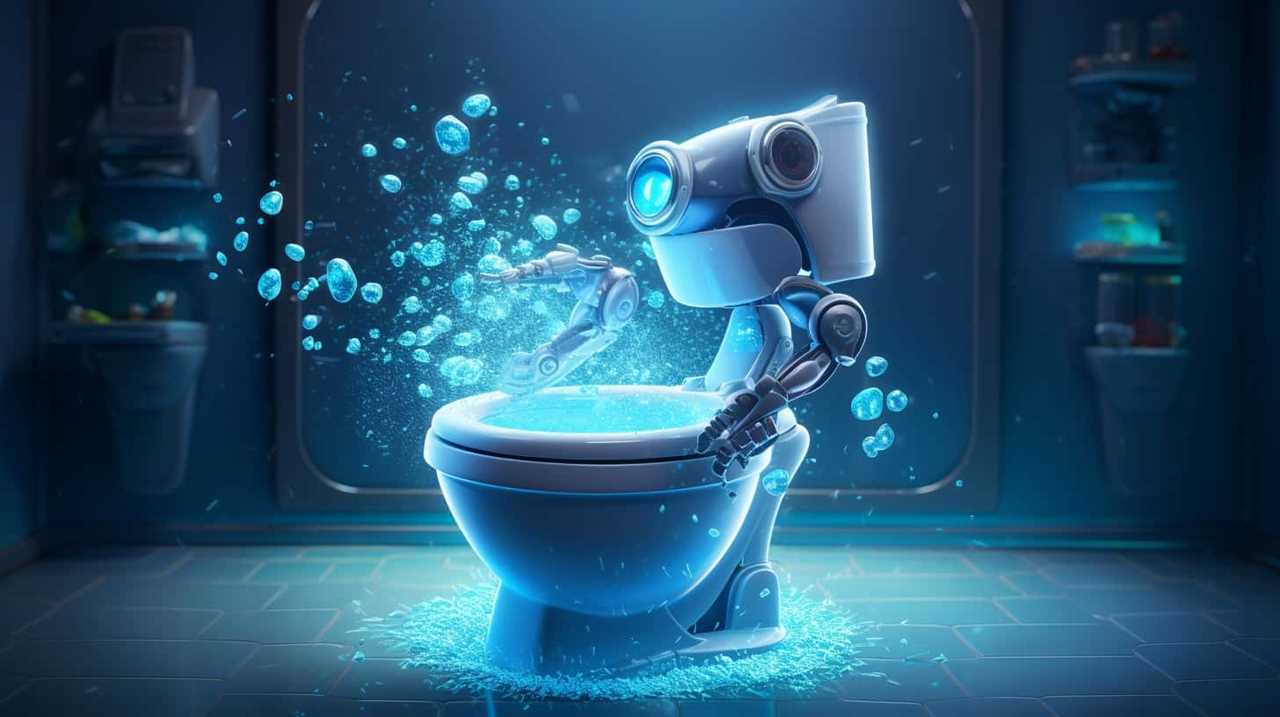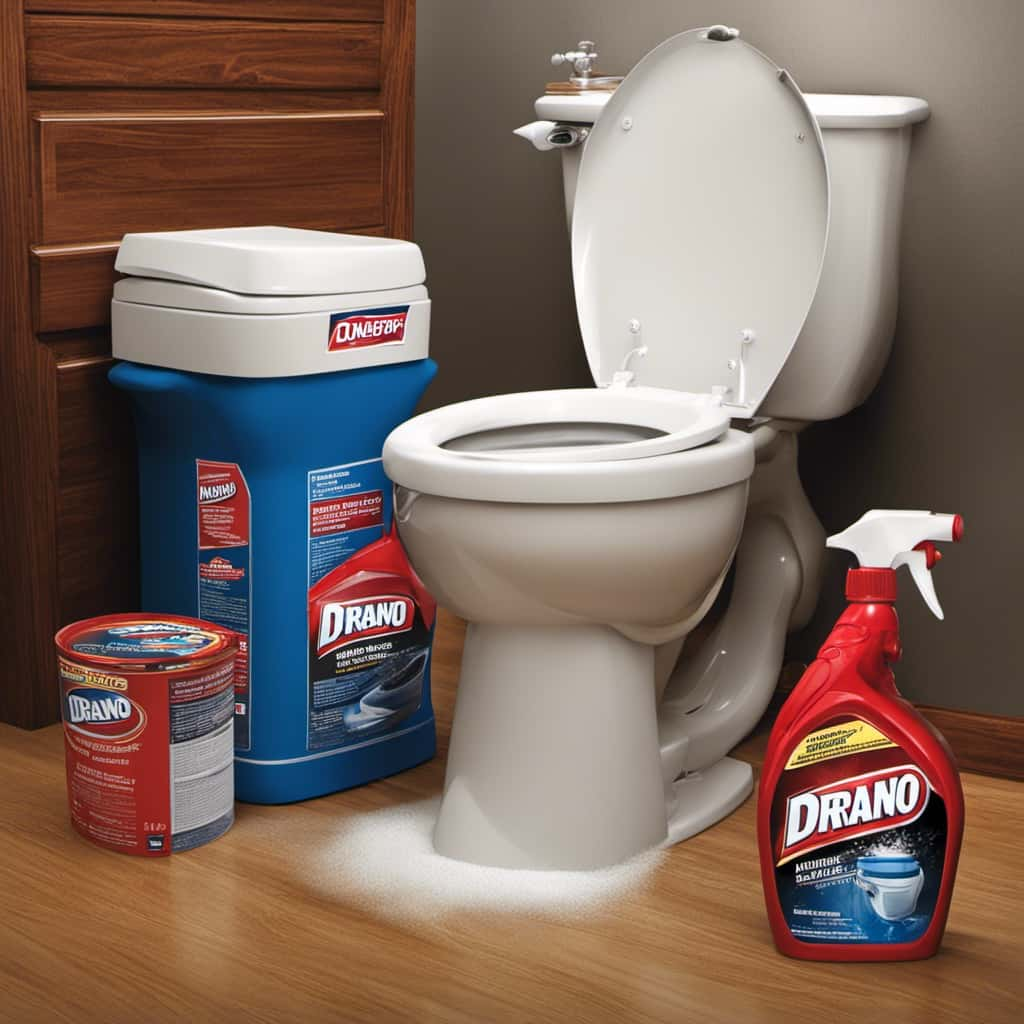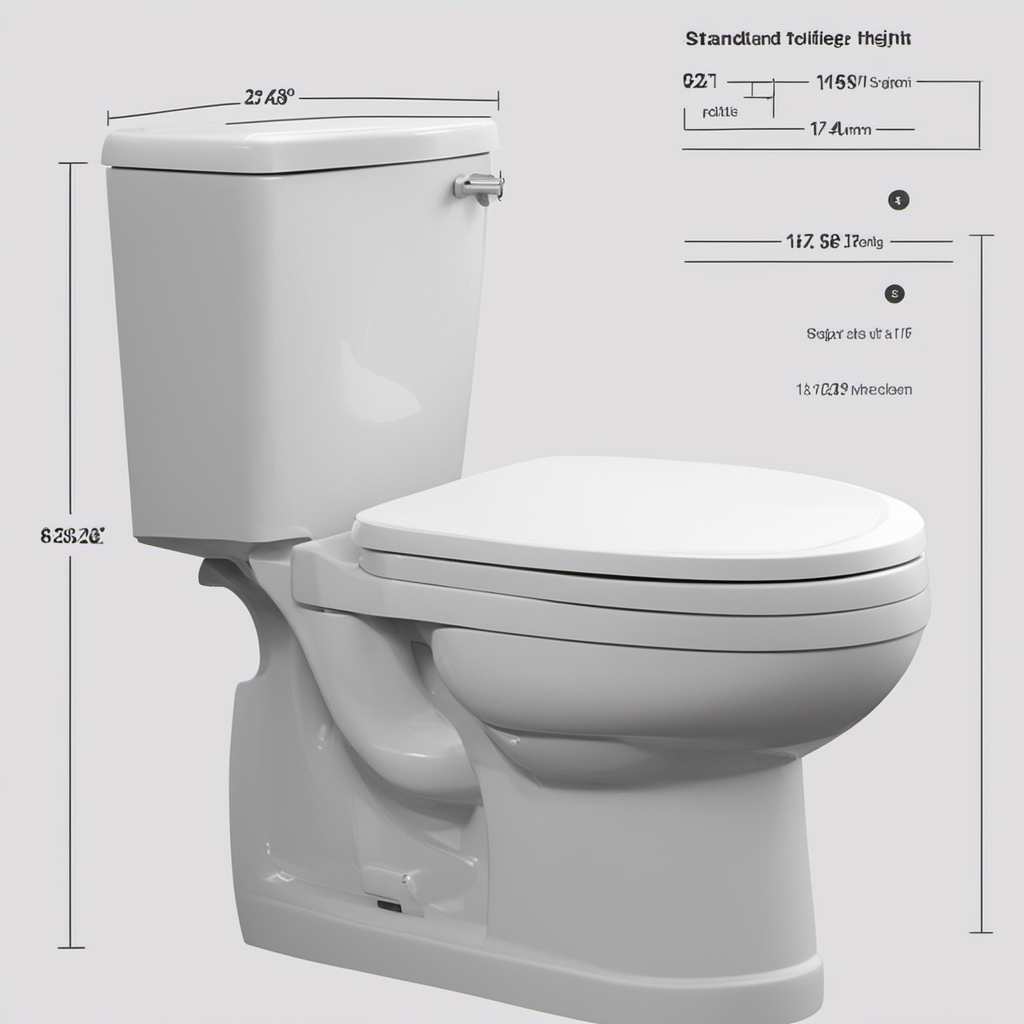Are you fed up with dealing with toilet issues? Look no more! We have a detailed guide on toilet components to help you out.
From tank components to flush mechanisms, we’ve got all the details you need to become a toilet repair expert.
Get ready to plunge into the world of water supply systems and bowl components. Say goodbye to leaks and clogs as we show you the common toilet repairs that’ll have your bathroom working like new again.
Let’s dive in!
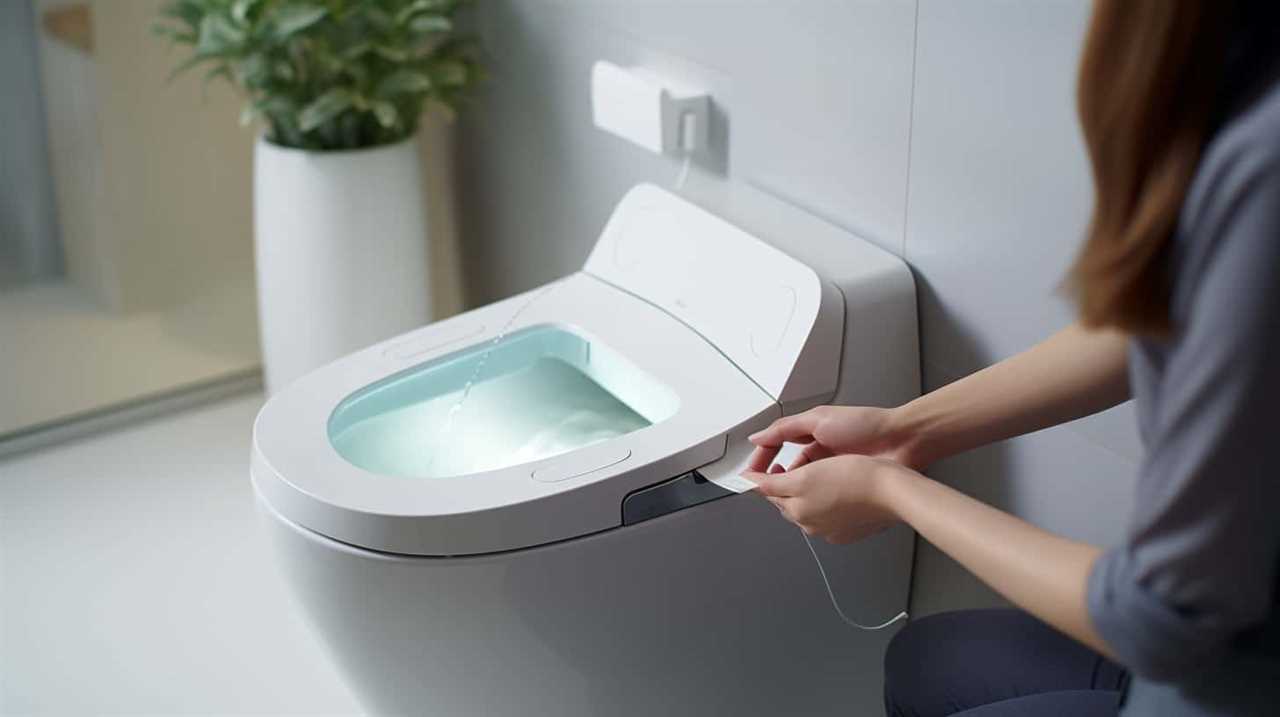
Key Takeaways
- The tank components of a toilet include the fill valve, flush valve, and flapper.
- The bowl components of a toilet include the seat cover, wax ring, and rim jets.
- The flush mechanism of a toilet includes the flush lever, fill valve, flapper, and overflow tube.
- The water supply system of a toilet includes pipe fittings, water pressure, and a pressure regulator valve.
Tank Components
Our tank’s components include the fill valve, flush valve, and flapper. These three parts work together seamlessly to ensure the proper functioning of our toilet.
The fill valve is responsible for regulating the water level inside the tank and refilling it after each flush. It’s connected to the water supply line and is controlled by a float mechanism.
The flush valve, also known as the flush mechanism, is responsible for releasing a large amount of water from the tank into the bowl to initiate the flushing process.
Lastly, the flapper is a rubber seal that opens and closes to allow water to flow from the tank into the bowl during a flush. It’s essential for maintaining the water level in the tank.
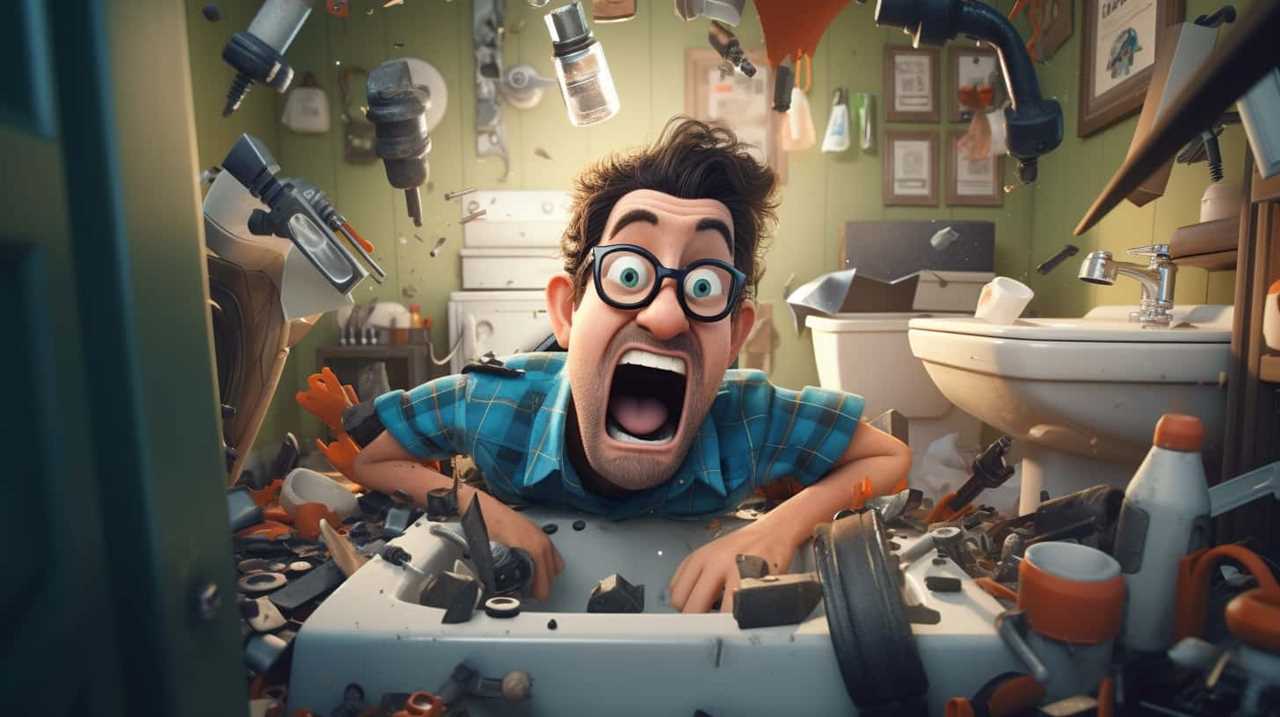
Together, these components ensure that our toilet operates efficiently and effectively.
When installing or repairing these components, it’s important to also consider other parts such as the toilet seat and the wax ring, which provide comfort and help create a watertight seal between the toilet and the floor.
Bowl Components
Now let’s move on to the bowl components of our toilet.
One essential component is the seat cover, which provides comfort and hygiene. It’s typically made of durable materials like plastic or wood and comes in various shapes and sizes to fit different toilet bowls. The seat cover is designed to be easily installed and removed for cleaning purposes.
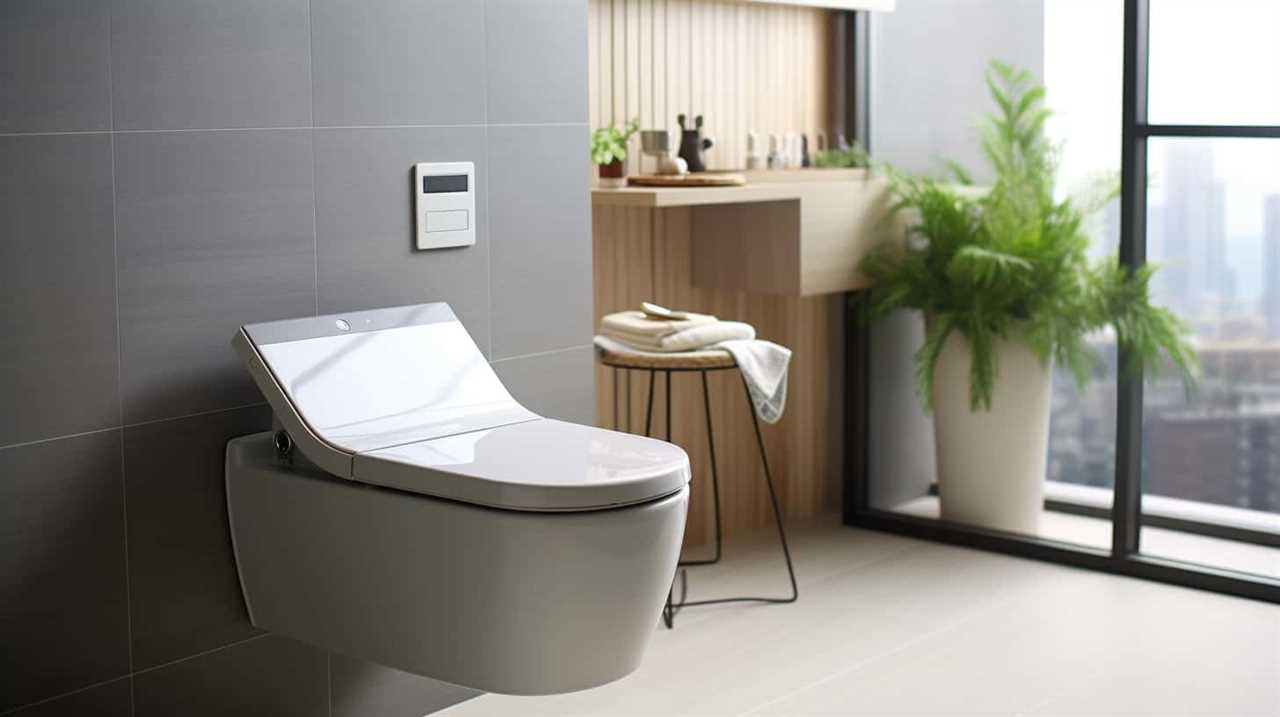
Another crucial component is the wax ring. This ring is placed between the toilet bowl and the floor flange to create a watertight seal. It prevents leaks and odors from escaping. The wax ring is made of high-quality wax that’s pliable and long-lasting. It’s crucial to choose a wax ring that matches the size and shape of your toilet bowl to ensure a proper seal.
Flush Mechanism
Moving on to the flush mechanism, one of the key components that ensures the proper functioning of a toilet is the flushing mechanism. It consists of several parts that work together to create a powerful flush and effectively remove waste. Here are the main components of a flush mechanism:
- Flush lever: This is the handle on the toilet tank that you press to initiate the flushing process. When the lever is pushed down, it lifts the flapper or flush valve, allowing water to flow from the tank into the toilet bowl.
- Fill valve: Once the flush lever is released, the fill valve kicks in. It opens to allow water to enter the toilet tank, refilling it after the flush. The fill valve is responsible for maintaining the correct water level in the tank.
- Flapper or flush valve: This component seals the flush valve opening when the toilet isn’t in use. When the flush lever is pressed, the flapper is lifted, releasing water from the tank into the bowl. It then closes tightly to prevent water from continuously flowing into the bowl.
- Overflow tube: Located at the back of the toilet tank, the overflow tube prevents water from overflowing if the fill valve malfunctions or the water level becomes too high. It redirects excess water into the bowl, preventing potential water damage.
Understanding the flush mechanism and its components is essential to troubleshooting and maintaining a properly functioning toilet.
Water Supply System
Continuing with the discussion on toilet parts, let’s delve into the water supply system, which plays a crucial role in the proper functioning of a toilet.
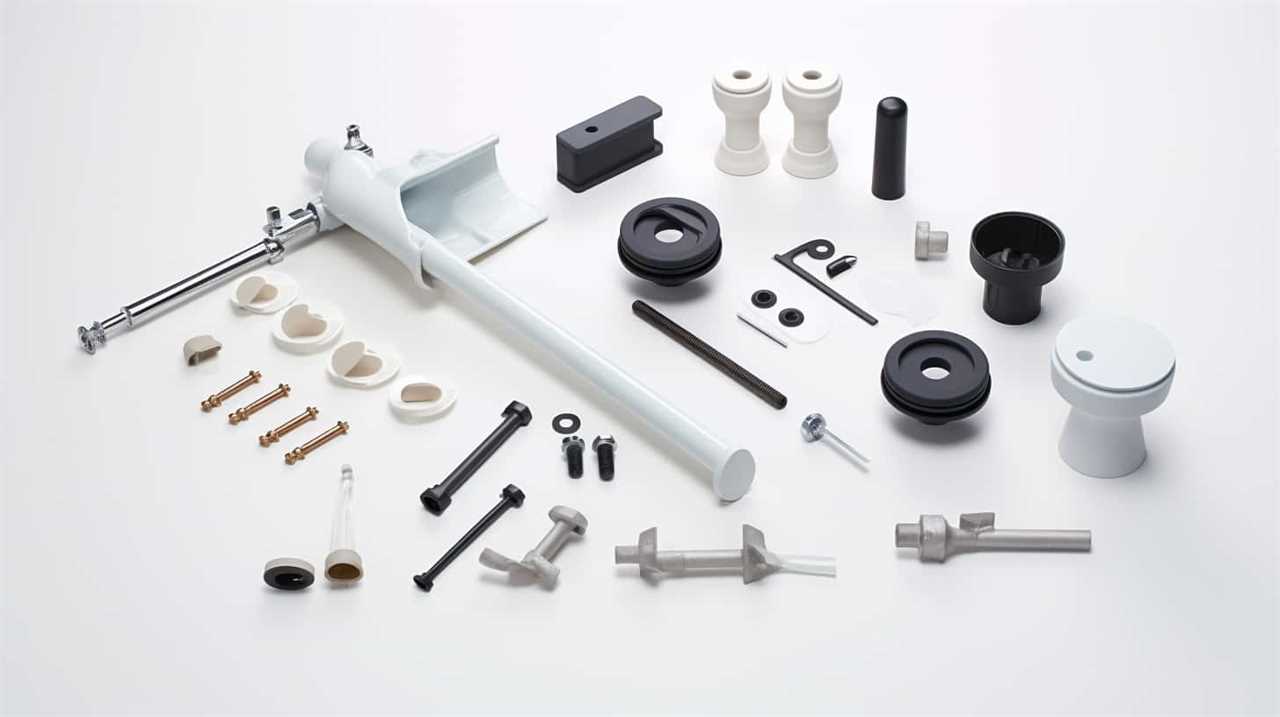
The water supply system consists of pipe fittings and water pressure, both of which are essential for a smooth and efficient operation.
Pipe fittings connect the water supply line to the toilet tank, ensuring a secure and leak-free connection. Common types of fittings include compression fittings, which use a threaded nut to create a watertight seal, and push-to-connect fittings, which provide a quick and easy installation process.
Water pressure, on the other hand, determines the force at which water enters the toilet tank. Adequate water pressure is necessary to ensure a strong flush and proper bowl cleaning. It’s measured in pounds per square inch (PSI) and can be adjusted using a pressure regulator valve.
Common Toilet Repairs
Let’s dive into the realm of common toilet repairs. When it comes to maintaining a well-functioning toilet, there are a few key issues that often arise. Here are four common toilet repairs that you may encounter:
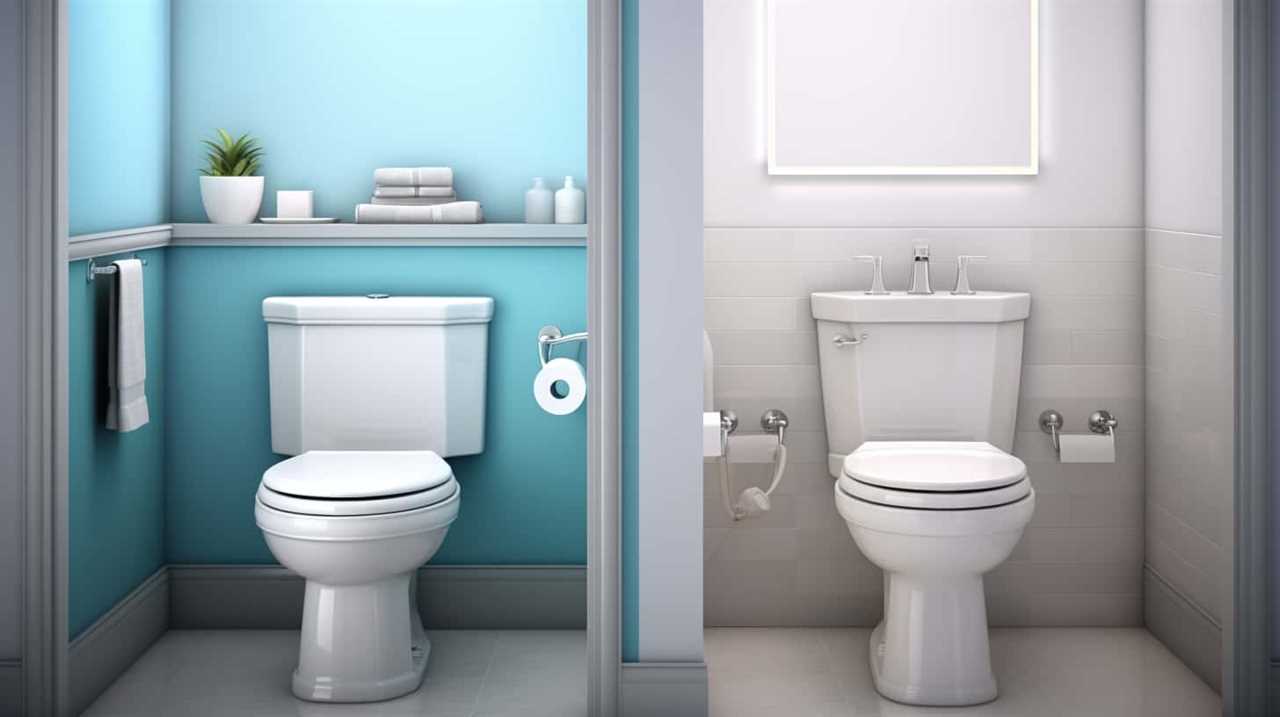
- Toilet Flapper Replacement: The toilet flapper is responsible for controlling the water flow from the tank to the bowl. Over time, it can become worn or damaged, resulting in leaks or a constantly running toilet. To replace the flapper, turn off the water supply, remove the old flapper, and install a new one.
- Fill Valve Replacement: The fill valve is responsible for refilling the toilet tank after each flush. If you notice that your toilet isn’t filling up properly or is making strange noises, it may be time to replace the fill valve. This involves shutting off the water supply, removing the old fill valve, and installing a new one.
- Clogged Toilet: A clogged toilet can be a frustrating problem. To clear a clog, start by using a plunger to create suction and dislodge the blockage. If that doesn’t work, you may need to use a toilet auger or call a professional plumber.
- Running Toilet: A running toilet isn’t only annoying but can also waste a significant amount of water. The most common cause of a running toilet is a faulty flapper or fill valve. By inspecting and replacing these components if necessary, you can fix the issue and save water.
Frequently Asked Questions
What Are the Different Types of Toilet Bowl Shapes and How Do I Choose the Right One for My Bathroom?
To choose the right toilet bowl shape for your bathroom, consider the available options and your specific needs. Different toilet bowl designs, such as elongated or round, offer various benefits in terms of comfort and space utilization.
Can I Install a Bidet Seat on Any Toilet or Are There Specific Models That Are Compatible?
Yes, you can install a bidet seat on most toilets. However, there are specific models that are compatible. It is important to check the specifications of both the bidet seat and your toilet before installation.
How Do I Fix a Toilet That Keeps Running After Flushing?
To fix a toilet that keeps running after flushing, we can perform basic toilet maintenance and follow troubleshooting tips. This includes checking the flapper valve, adjusting the water level, and inspecting the fill valve and float.
Are There Any Eco-Friendly Options for Toilet Flush Mechanisms?
There are indeed eco-friendly options for toilet flush mechanisms, such as water-saving toilet options. These mechanisms are designed to reduce water consumption and contribute to a more sustainable environment.
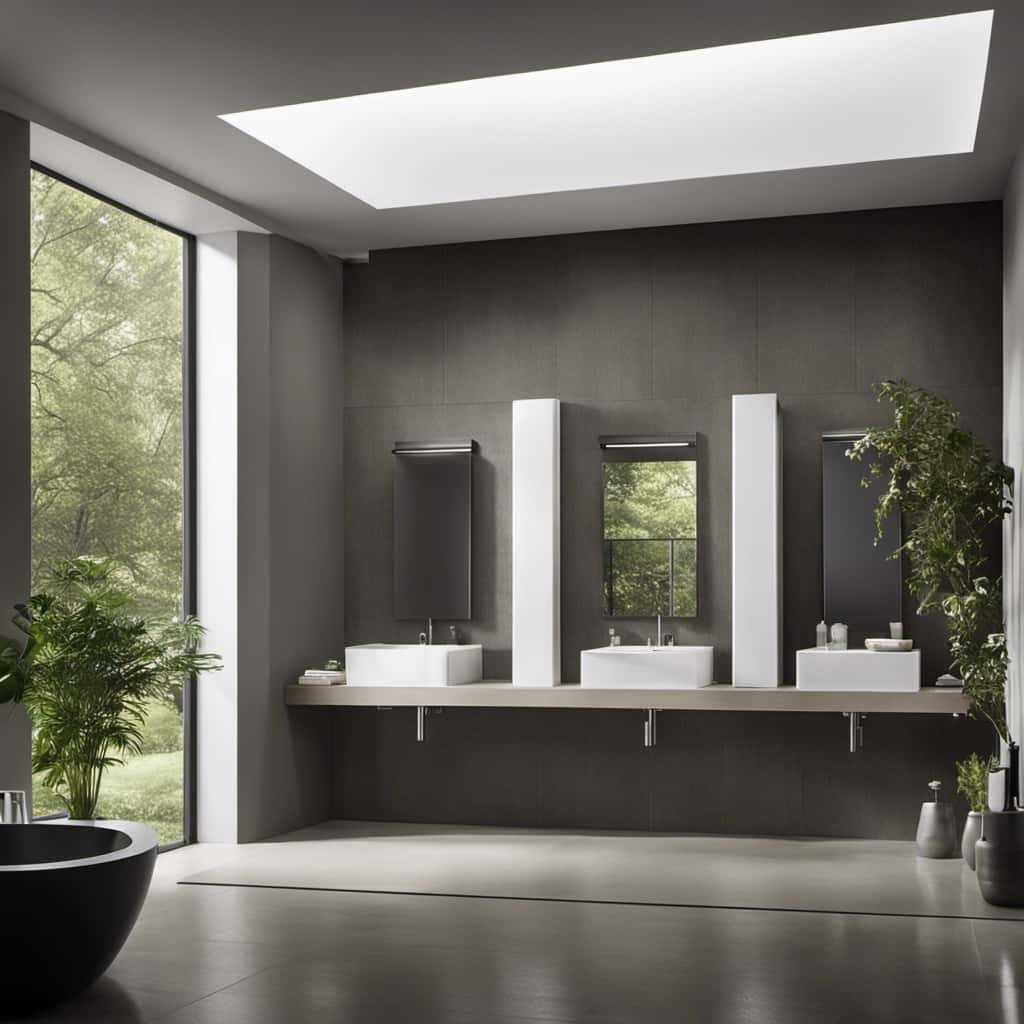
What Are Some Common Signs That Indicate a Leak in the Toilet Tank and How Can I Fix It?
Toilet tank leaks are often indicated by a continuous running sound or water on the floor. One common fix is to replace the flapper valve, which controls water flow. Ensure the flapper is properly installed and seals tightly.
Conclusion
In conclusion, understanding the various components of a toilet and how they work together is essential for maintaining a properly functioning bathroom fixture.
By familiarizing ourselves with tank components, bowl components, flush mechanisms, and the water supply system, we can better troubleshoot and address common toilet repairs.
For instance, imagine a scenario where a homeowner notices that their toilet is constantly running. By knowing the inner workings of the flush mechanism, they can easily identify and fix the issue, saving both time and money.
